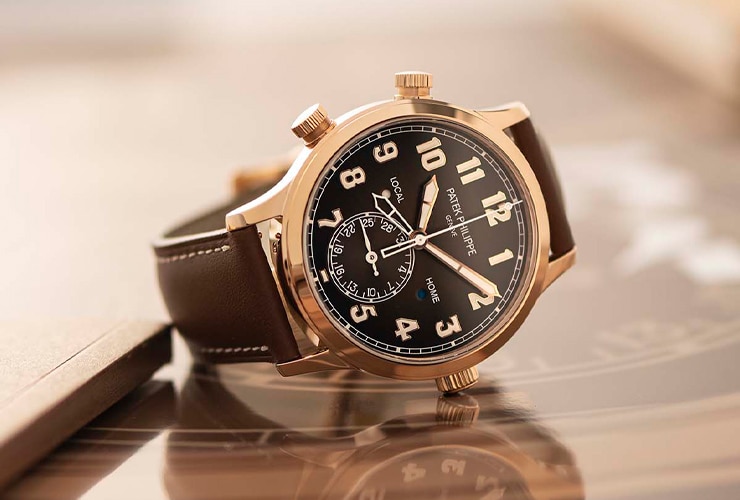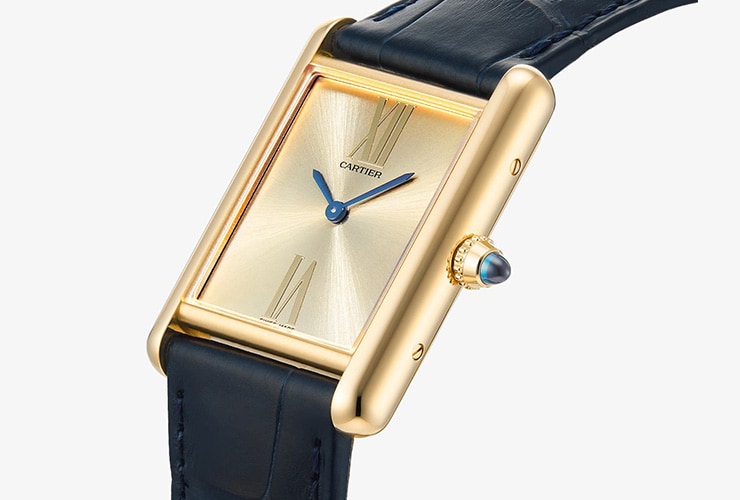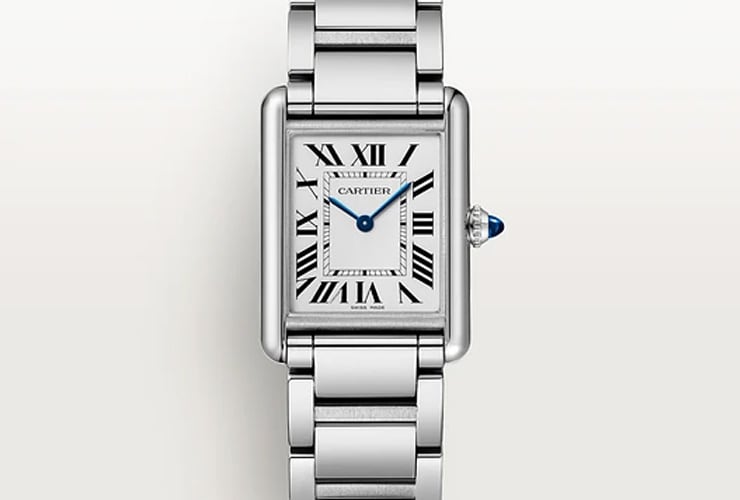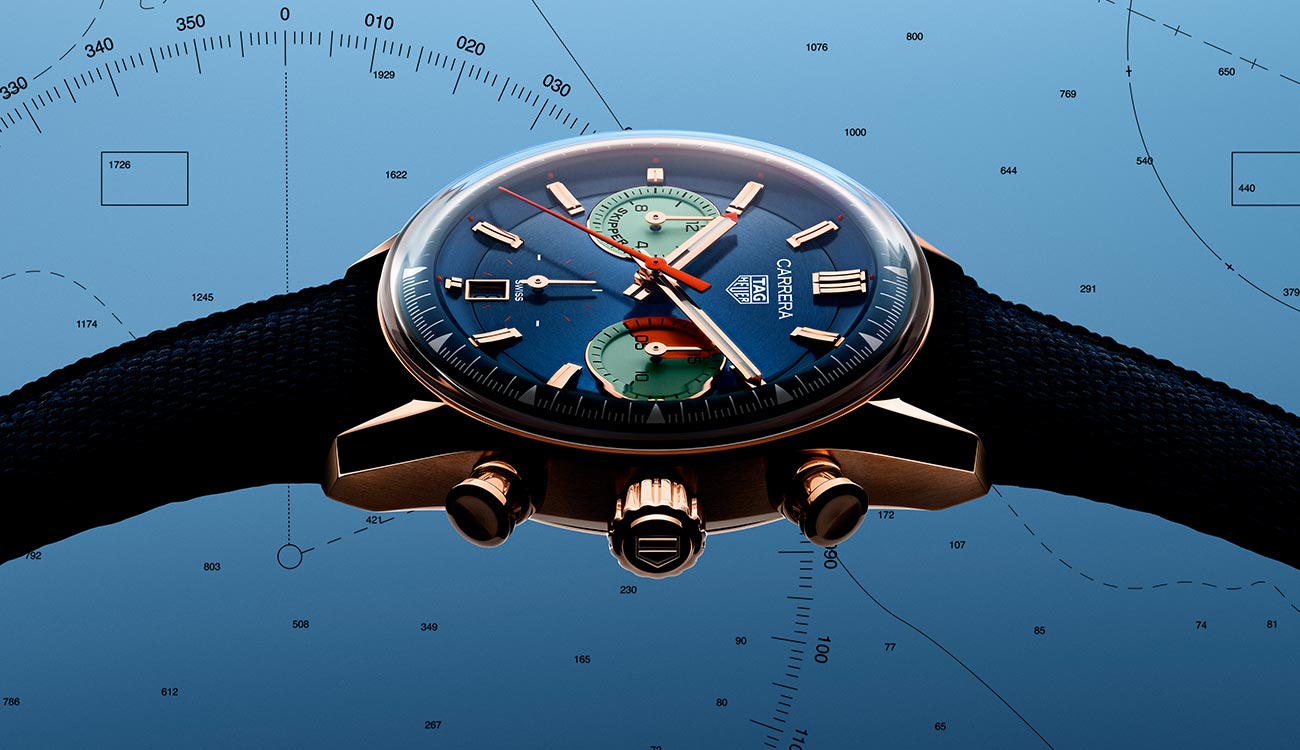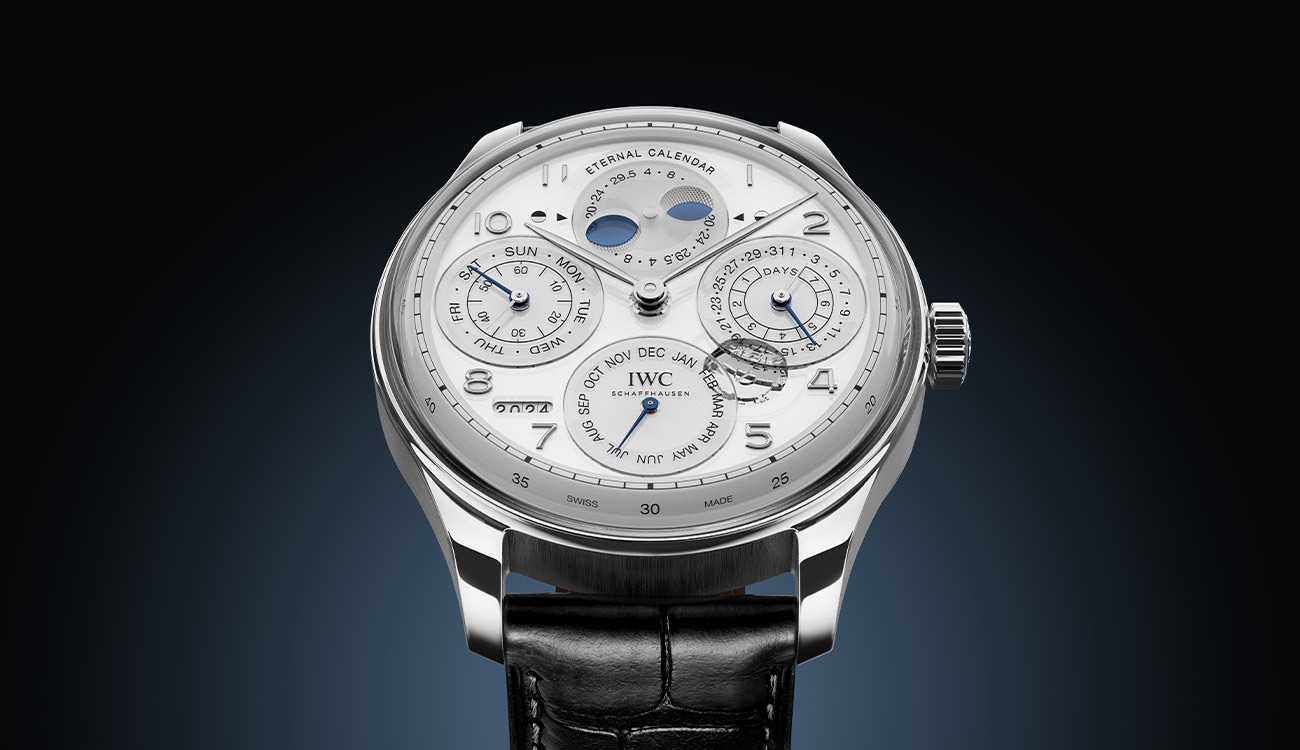Rolex Through The Ages
By Sarah Jayne Potter | 9 minute read
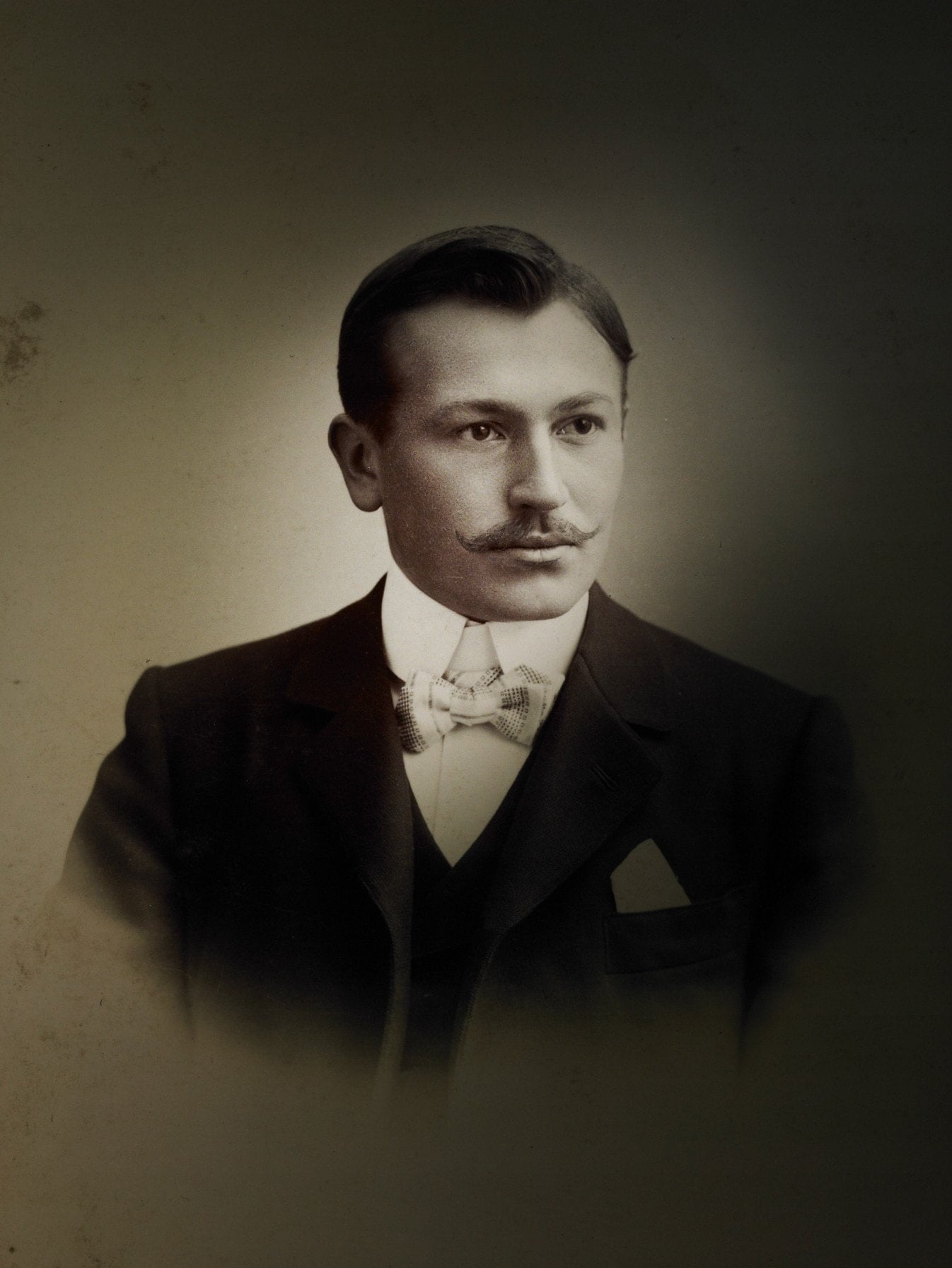
Hans Wilsdorf
1905 - 1919
The history of Rolex is inextricably linked to the visionary spirit of Hans Wilsdorf, its founder. In 1905, at the age of 24, Hans Wilsdorf founded a company in London specialising in the distribution of timepieces. He began to dream of a watch worn on the wrist. Wristwatches were not very precise at the time, but Hans Wilsdorf foresaw that they could become not only elegant, but also reliable
To convince the public of the reliability of his resolutely innovative timepieces, he equipped them with small, very precise movements manufactured by a Swiss watchmaking company in Bienne. Hans Wilsdorf wanted his watches to bear a name that was short, easy to say and remember in any language, and which looked good on watch movements and dials.
He said, “I tried combining the letters of the alphabet in every possible way. This gave me some hundred names, but none of them felt quite right. One morning, while riding on the upper deck of a horse-drawn omnibus along Cheapside in the City of London, a genie whispered ‘Rolex’ in my ear.”
Rolex first concentrated on the quality of the movements. The relentless quest for chronometric precision rapidly led to success. In 1910, a Rolex watch was the first wristwatch in the world to receive the Swiss Certificate of Chronometric Precision, granted by the Official Watch Rating Centre in Bienne. Four years later, in 1914, Kew Observatory in Great Britain awarded a Rolex wristwatch a class “A” precision certificate, a distinction which until that point in time had been reserved exclusively for marine chronometers. From that date forward, the Rolex wristwatch was synonymous with precision.
They relocated to Geneva in 1919, and in the same year, we became the first authorised UK stockist of Rolex within Northern Goldsmiths, on the corner of Blackett Street, Newcastle.

First Class A Certificate, 1914
1926 - 1945
In 1926, the creation by Rolex of the first waterproof and dustproof wristwatch marked a major step forward. Given the name “Oyster”, this watch featured a hermetically sealed case which provided optimal protection for the movement. In 1927 a Rolex Oyster crossed the English Channel, worn by a young English swimmer named Mercedes Gleitze. The swim lasted over 10 hours and the watch remained in perfect working order at the end of it.
To celebrate the crossing of the channel, Rolex published a full-page ad on the front page of the Daily Mail proclaiming the success of the waterproof watch. This event marked the birth of the Testimonee concept.
In 1931, Rolex invented and patented the world’s first self-winding mechanism with a Perpetual rotor. This ingenious system, a true work of art, is today at the heart of every modern automatic watch. The first expedition to fly over Everest was equipped with Rolex Oysters. The members of the crew were highly satisfied with the performance of the watches.
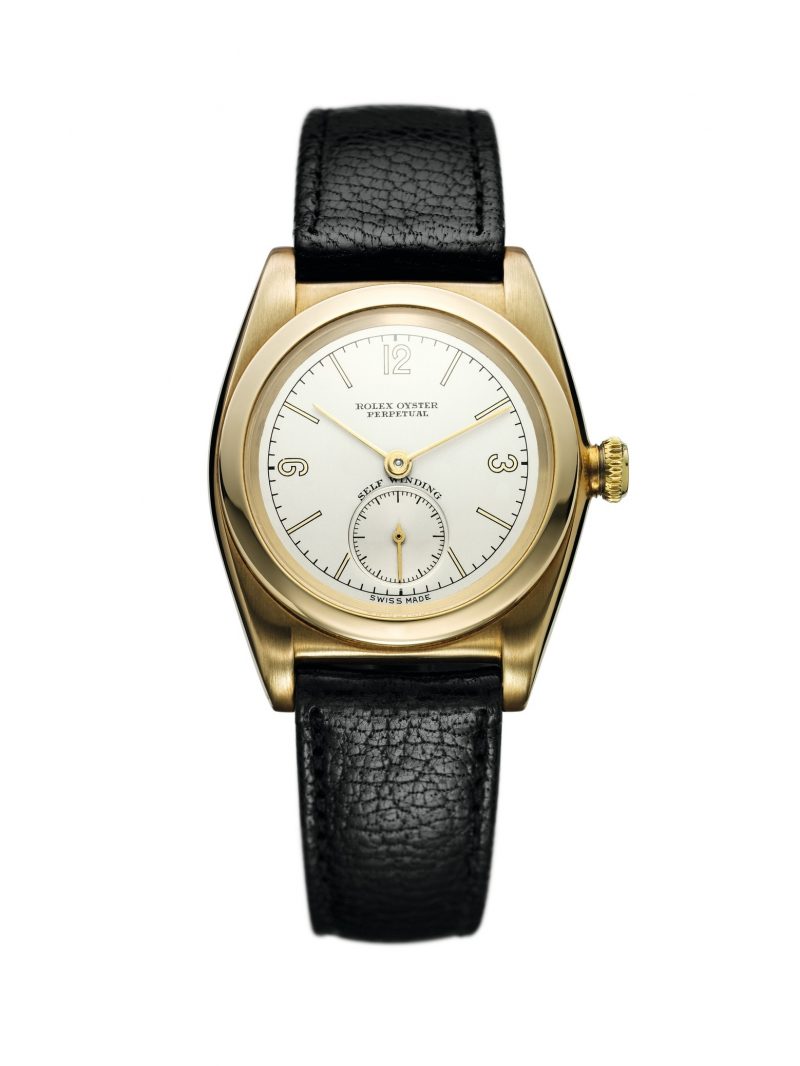
First Oyster Perpetual, 1931
A four-sided golden Rolex clock was installed above our Blackett Street and Westgate Road Goldsmiths stores in Newcastle in 1932. A beautiful golden figure of Venus surmounts both, her outstretched arms intended to symbolise progress. The former of these landmarks is still popular as a romantic place to propose to a loved one and has become known as the ‘kissing clock’ and we are proud to still be trading in the very same site today.
Rolex recognised the formidable opportunity to test, fine tune and showcase the technical performance of the Oyster in different arenas. The worlds of sport, aviation, motor racing and expeditions constituted living laboratories for the watches’ countless technical attributes.
In the 1930s, Rolex and one of the fastest drivers in the world, Sir Malcolm Campbell, became united by the quest for speed. On 4 September 1935, at the wheel of Bluebird – and wearing a Rolex watch – this “king of speed” set a land speed record of over 300 miles per hour at Bonneville Salt Flats in Utah. Sir Malcolm broke the world speed record nine times between 1924 and 1935, including five times at Daytona Beach in Florida.
The year 1945 saw the birth of the Datejust, the first self-winding wrist chronometer to indicate the date in a window on the dial. A watch of great distinction, the Datejust was equipped with a Jubilee bracelet created especially for it and a fluted bezel, making it immediately recognisable as a Rolex. It is the pillar of the Oyster collection. Initially for men, it became available in various models for women in the course of the following decade.

First Rolex Datejust, 1945
1953 - 1967
In the early 1950s, Rolex developed professional watches that served as tools and whose functions went far beyond simply telling the time. These watches were intended for professional activities, such as deep-sea diving, aviation, mountain climbing and scientific exploration. The watches generated lasting enthusiasm and became known as the watches of achievers.
In 1953, Sir John Hunt’s expedition, in which Sir Edmund Hillary and Tenzing Norgay reached the summit of Mount Everest, was equipped with Oyster Perpetuals. Launched in 1953, the Submariner was the first divers’ watch waterproof to a depth of 100 metres. Its rotatable bezel allows divers to read their immersion time.
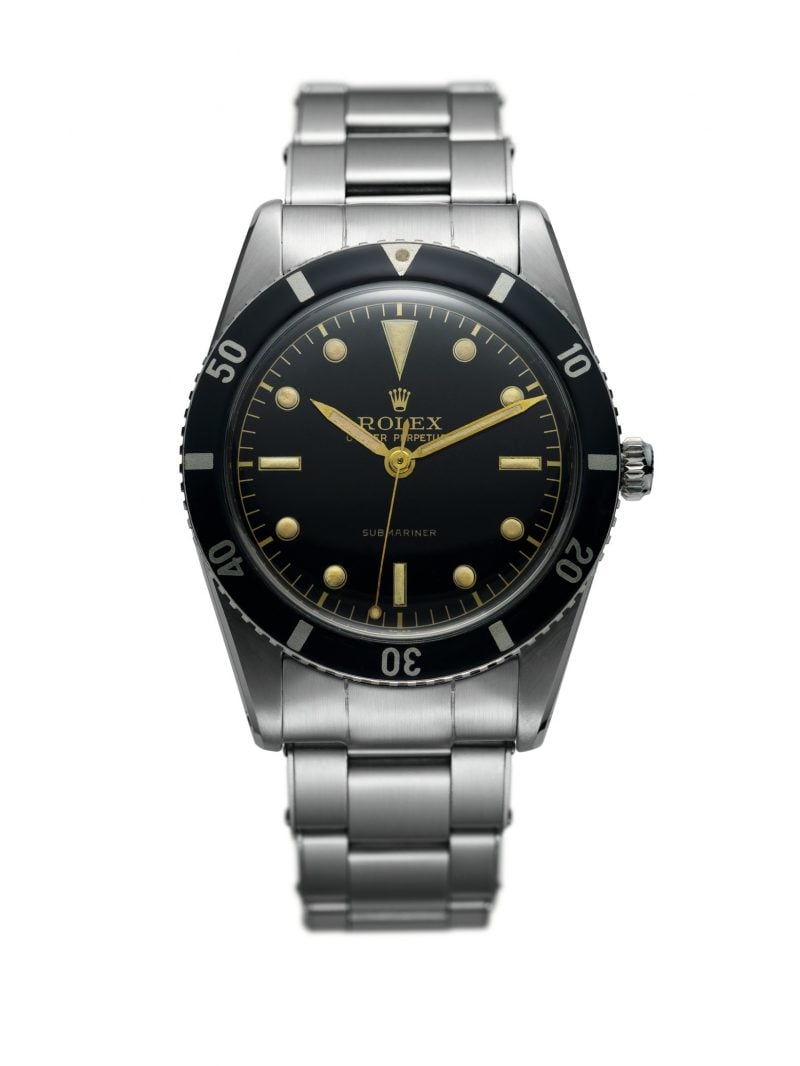
First Submariner, 1953
As intercontinental travel developed in the 1950s, airliners began to fly swiftly across several successive time zones. For the first time it became important to know the time in various places in the world, simultaneously. It was the dawn of the jet age, and Rolex responded with a watch to match the spirit of the times.
The GMT-Master was developed to meet the specific needs of airline pilots. It became the official watch of several airlines, among them the famous Pan American World Airways, better known as Pan Am. Its most distinguishing visual feature was the two-tone bezel which marked daytime from night-time hours.
In 1956, the Oyster Perpetual Day-Date made its debut. Available only in 18 ct gold or platinum, it was the first wristwatch to display the date and day of the week spelt out in full in a window on the dial. With the President bracelet, originally created specially for it, the Day-Date continues to be the watch par excellence of influential people.
The European Organization for Nuclear Research, the world’s pre-eminent particle physics laboratory, is at the cutting edge of scientific research into the fundamental secrets of the universe. It hosts the world’s highest-energy particle accelerator. In the 1950s, CERN was also one of the first scientific institutions to confirm that the Milgauss watch could indeed resist magnetic fields of up to 1,000 gauss.
The Milgauss, introduced in 1956, was designed to meet the demands of the scientific community and is capable of withstanding magnetic fields of up to 1,000 gauss. The major innovation at the heart of the Milgauss’ incredible resistance to magnetic interferences is the shield protecting the movement.
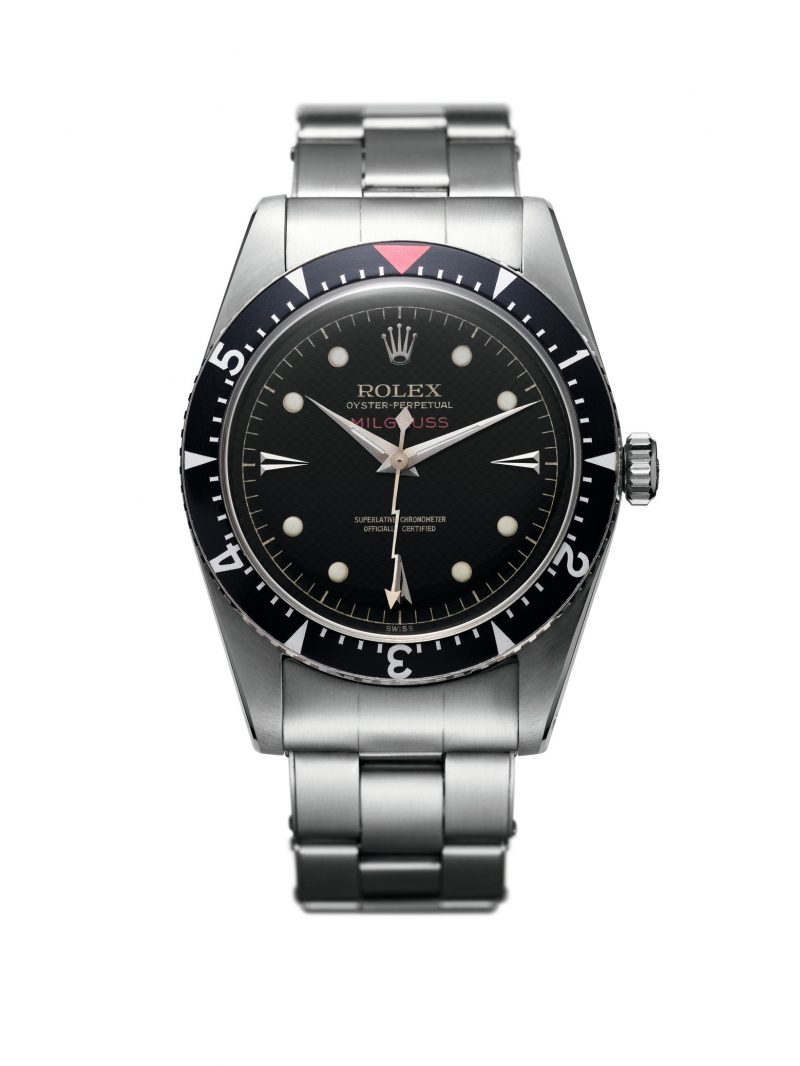
First Milgauss, 1956
The Lady-Datejust was the first ladies’ version of the Rolex date chronometer, carrying its heritage of timeless elegance and functionality in a smaller size perfectly suited to a lady’s wrist.
In the 1950s, Rolex carried out rigorous testing of an experimental watch, called “Deep Sea Special”. Using the knowledge gained from the making of the first two models, the third Deep Sea Special was created to withstand the most extreme conditions – the Challenger Deep portion of the Mariana Trench.
In 1960, the experimental bathyscaphe, the Trieste, successfully descended into the Mariana Trench, the deepest known depression on the Earth’s surface. With Lieutenant Don Walsh at the helm, accompanied by Jacques Piccard, the Trieste accomplished a feat so incredible that it forever raised the bar for deep-ocean exploration.
Launched in 1963 as a new-generation chronograph, the Cosmograph soon gained the name that became the mark of an icon: Daytona. Designed as the ultimate tool for endurance racing drivers, the Cosmograph Daytona was robust, waterproof and featured a tachymetric scale on the bezel for calculating average speed.
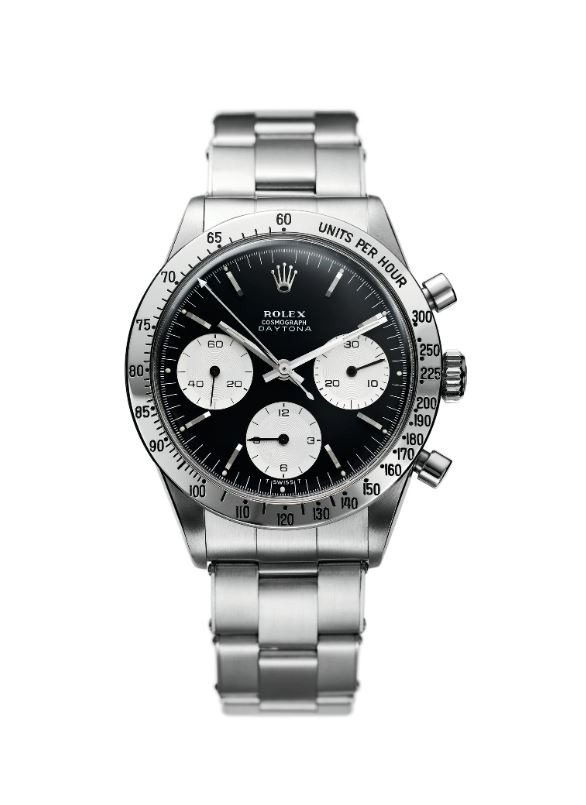
First Cosmograph Daytona, 1963
1967 saw the launch of the Oyster Perpetual Sea-Dweller, waterproof to a depth of 610 metres. To meet the needs of professional deep-sea divers, the case was equipped with a helium escape valve so that, during long decompression phases in hyperbaric chambers, the helium from the gas mixtures used could be released without risking damage to the watch.
1971 - 1992
Rolex presented the Oyster Perpetual Explorer II, dedicated to polar explorers, speleologists, and all those pushing the boundaries of exploration. The watch featured a distinctive 24-hour hand, an invaluable aid around the poles and beneath ground when you can’t tell night from day.
To celebrate the 50th anniversary of the Oyster, the Rolex Awards for Enterprise were launched to honour extraordinary individuals who possess the courage and conviction to take on major challenges.
Rolex launched the Sea-Dweller 4000, waterproof to a depth of 1,220 metres.
Rolex’s steel watches are manufactured from Rolex’s own 904L alloy, known as “Oystersteel” from 2018. Most commonly used in high-technology and in the aerospace and chemical industries, 904L steels are comparable to precious metals for their anti-corrosion properties and acquire an exceptional sheen once polished. In 1985, Rolex became the first watchmaking brand to use this steel from the 904L family for its cases.
The year 1992 heralded the arrival of the Oyster Perpetual Yacht-Master. This new member of the Oyster family reinforced the ties between Rolex and the sailing world. A new interpretation of the Lady-Datejust was launched, the Pearlmaster.
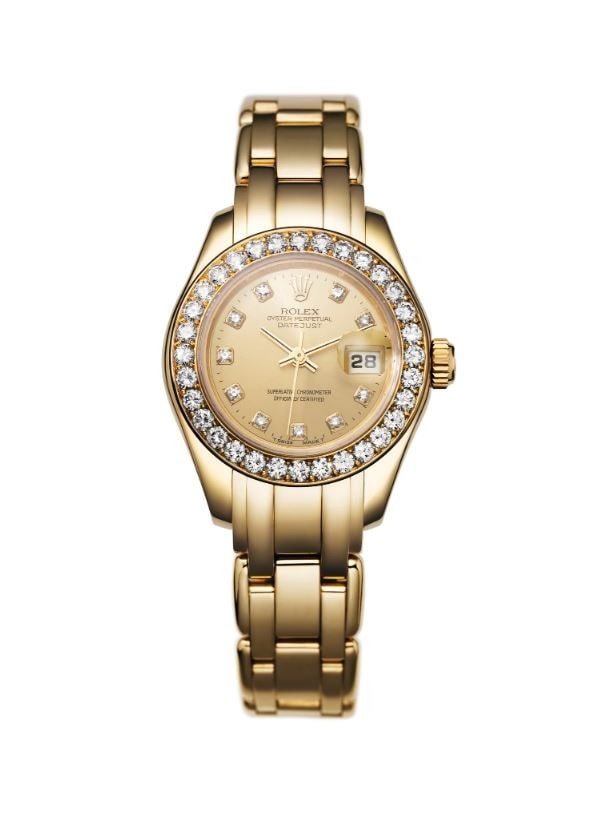
2000 - 2013
The 4130 chronograph calibre movement was conceived and assembled exclusively by Rolex in 2000 for the Cosmograph Daytona and incorporates just 290 components – far fewer than a standard chronograph – making it a much admired symphony of simplicity.
The Rolex Mentor and Protégé Arts Initiative was founded in 2002 to encourage talented individuals through a unique programme of one to one mentoring with a major figure in their artistic discipline. Over more than a decade, the Rolex Mentor and Protégé Arts Initiative creative community has expanded across continents and cultures, and now includes more than 80 major creative artists of different generations and backgrounds.
Rolex developed and patented the Cerachrom bezel for specific Professional models to ensure lasting beauty and functionality even after exposure to the most extreme conditions. Fashioned from extremely hard ceramic material, it is virtually impervious to scratches, and its colour is unaffected by ultraviolet rays.
After five years of research, Rolex created the blue Parachrom hairspring. Crafted from a paramagnetic alloy, it is unaffected by magnetic fields and up to 10 times more resistant to shocks. Historically, the unique blue colour of the hairspring has been a sign of prestige reserved for only the most accurate timepieces.
The Oyster Perpetual Yacht-Master II regatta chronograph is the first watch in the world equipped with a programmable countdown with a mechanical memory. This unique watchmaking complication consists of an innovative system of interaction between the movement and the case thanks to a rotatable ring command bezel designed and developed by Rolex. This regatta chronograph allows yachtsmen to cross the line as soon as possible after the starting gun.
The Rolex Deepsea was designed for extreme underwater exploration. An exclusive technical innovation, the Ringlock System, allows the case to withstand water pressure equivalent to a weight of some three tonnes on the crystal. The Rolex Deepsea can go deeper than all but a few purpose-built research submersibles, and more than 100 times beyond the depth that any human could physically survive.
Rolex presented a brand new innovative model, the Oyster Perpetual Sky-Dweller, a technological masterpiece intended for world travellers. In an impressive 42 mm case, it offers a dual time zone as intuitive to read as it is easy to use, as well as a particularly innovative annual calendar named Saros – in tribute to the astronomical phenomenon which inspired it – that requires only one date adjustment a year. To set its functions quickly and easily, it is also equipped with a new interface: the rotatable Ring Command bezel.
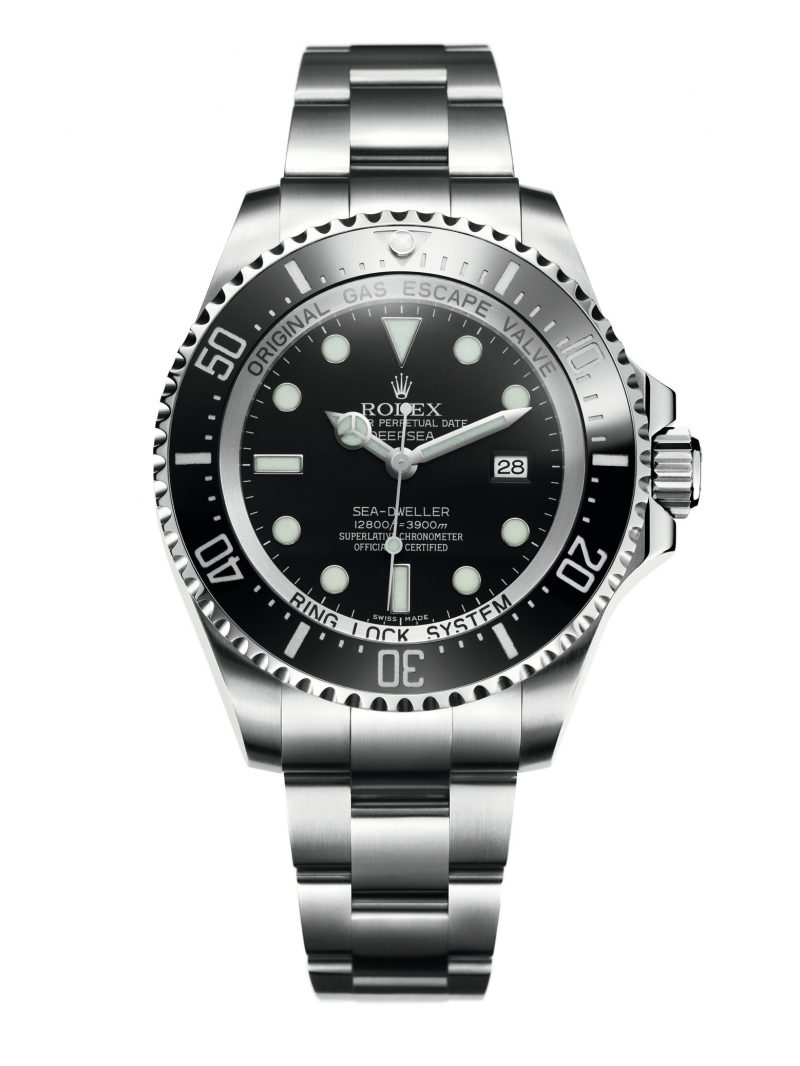
First Deepsea, 2008
On March 26th, 2012, filmmaker and National Geographic Explorer-in-Residence James Cameron descended into the Mariana Trend, making the first solo dive into the deepest point on earth, and the only dive into the trench since the two-man Trieste expedition of 1960. Only one passenger was on both voyages: a Rolex watch.
The Oyster Perpetual Rolex Deepsea Challenge is an experimental diving watch certified waterproof up to 12,000 metres, entirely designed and built by Rolex to resist the extreme pressure in the deepest reaches of the oceans. Setting the record for the deepest diving watch in the world.
In keeping with its history of close ties to motorsports, in 2013 Rolex entered into a long-term partnership with Formula 1® Racing as Official Timekeeper and Official Timepiece.
Since then, there have been so many notable achievements for this brand. We are proud to have celebrated a century long partnership with the iconic Rolex.
© 2025 Watches of Switzerland
Watches of Switzerland is a trading name of Watches of Switzerland Company Limited. Registered Office: Aurum House, 2 Elland Road, Braunstone, Leicester, LE3 1TT, Registered in England and Wales, Company number 00146087. Registered VAT Number 834 8634 04. Watches of Switzerland Company Limited acts as a broker and not a lender and offers finance from Secure Trust Bank PLC trading as V12 Retail Finance and PayPal UK Ltd, 5 Fleet Place, London, United Kingdom, EC4M 7RD trading as PayPal Credit. Watches of Switzerland Company Limited is authorised and regulated by the Finance Conduct Authority. Our registration number is 308710. *Credit is provided subject to affordability, age and status. Minimum spend applies. Terms and Conditions apply. UK residents only. Not all products are regulated by the Financial Conduct Authority and FOS protection will not be extended to unregulated agreements. Please note the Consumer Credit Act states that should your purchase / loan amount cost more than £30,000 you will not be covered under Section 75 of the Consumer Credit Act.
*Next day delivery available on most items. See product pages for more information.

